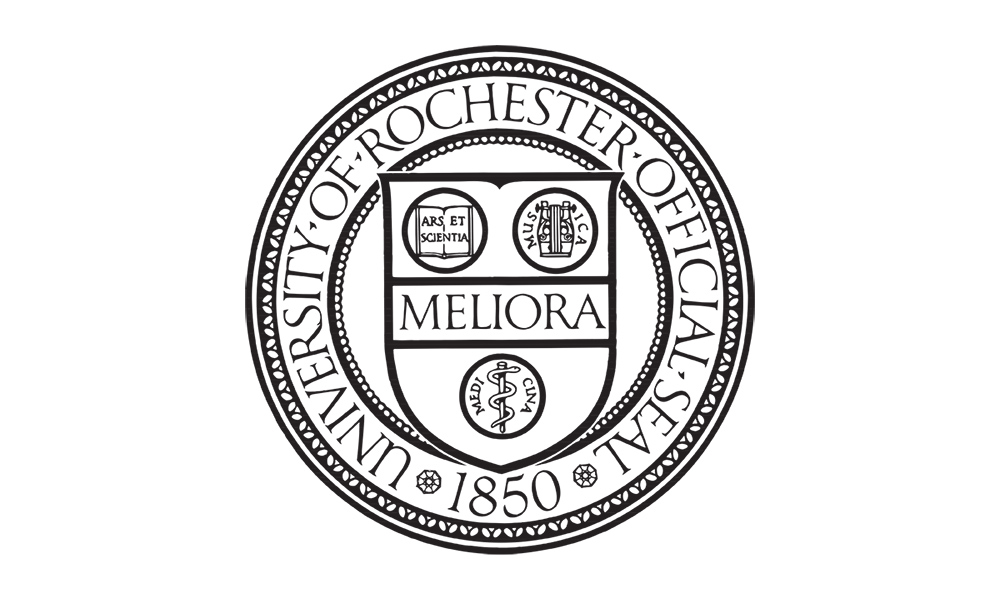Narcan nasal spray, an emergency medicine used to reverse an opioid overdose, is now included in all of the University’s publicly accessible AED (automated external defibrillator) cabinets, enabling anyone nearby an overdose victim to administer the potentially life-saving treatment. These cabinets are across the University, including in River Campus buildings, the Medical Center, Memorial Art Gallery and the Eastman School of Music.
Narcan is also known as naloxone and is an opioid overdose reversal spray. When someone overdoses, they begin to stop breathing, but Narcan can reverse that side effect quickly and is not dangerous to administer to someone if it turns out that they are not suffering from an opioid overdose. The kit has step-by-step instructions on the outside of the box to assist anyone in delivering the nasal mist. New York State’s “Combat Addiction” website lists the visible signs of a potential overdose.
The idea to make Narcan available in this way stems from federal, state and local health agencies, including the New York Department of Health Opioid Overdose Program, encouraging greater accessibility to the medicine in an emergency.
“No community and no institution is immune to the opioid epidemic,” said Jeremy Cushman, chief of the Division of Prehospital Medicine at UR Medicine. Cushman also serves as medical director for the Monroe-Livingston Regional EMS Council. “Providing the life-saving availability of Narcan throughout University campuses allows any responder—our Public Safety staff, clinicians, or a trained bystander—to immediately render the care necessary to save a life.”
The University is the largest private institution in Upstate New York with nearly 29,000 of its staff in Monroe County, more than 11,000 students during the academic year, and about 430,000 people visiting annually—all figures that support Narcan’s quick availability on different campuses.
Currently, the University’s publicly accessible AED cabinets contain the automatic external defibrillator, as well as a Stop the Bleed Kit, which allows users to quickly stop life-threatening hemorrhaging. The number of these cabinets that will now have the AED, Stop the Bleed kit and Narcan is about 80 University-wide. The Department of Public Safety (URDPS) will inspect and maintain Narcan’s availability in these 80 locations. Anyone using any of the devices co-located in the AED cabinets is expected to call 911 or Public Safety at 275-3333 as part of the life-saving process. URDPS officers also carry Narcan while on patrol.
While training is not necessary to administer Narcan, it is available by request. For complete information on training, as well as additional resources for opioid addictions, visit https://www.urmc.rochester.edu/mental-health-wellness/addiction-services.aspx.




